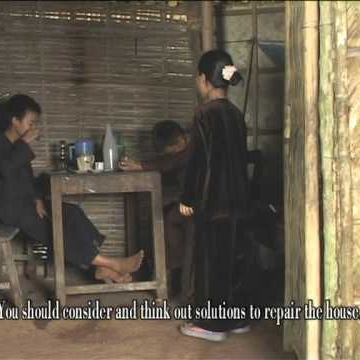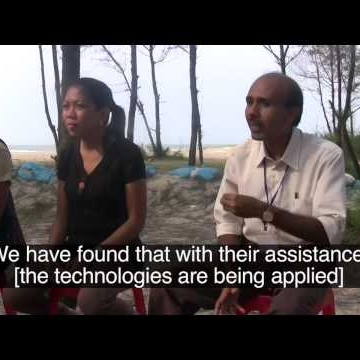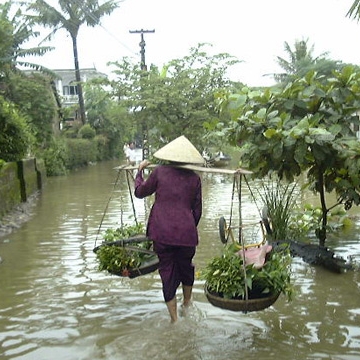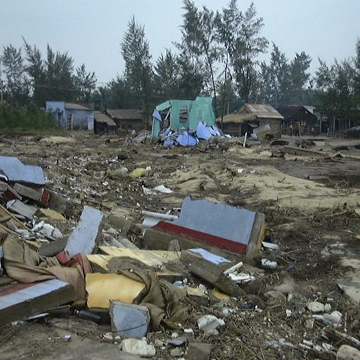Law and disaster risk reduction at the community level
22 November 2011
Executive Summary
Disasters, large and small, strike people where they live. It is at the community level that disasters are felt and, frequently, it is also where risk reduction steps can make the biggest difference. For this reason, the flagship Hyogo Framework for Action emphasizes the importance of community-level results and engagement, insisting that disaster risk reduction (DRR) should be a priority both at the national and the local levels.
Nevertheless, both the experience of National Societies and independent research indicate that DRR outcomes are lagging behind at the community level. Whereas good progress has often been made in the establishment of laws, plans, structures and roles for DRR at the national level in many countries, they are often not resulting in perceivable changes in communities. Communities are not well enough informed, engaged or resourced to take an active part in reducing risks, and rules to deter risky behaviours (particularly in construction and land use) often go unenforced.
Some of these problems are attributable, at least in part, to gaps in legislation (or its implementation). For others, legislation is not the cause but could be an important part of the solution. However, while there has been a healthy level of attention at the international level to what goes into effective disaster laws and “governance” more generally, much less has been paid to how such laws can more specifically promote DRR activities and engagement at the community level.
While governments are ultimately responsible for the development of legislation, our consultations indicate that National Red Cross and Red Crescent Societies are closely concerned by this issue of high humanitarian significance. As practitioners of community-based disaster risk reduction, often with experience in advising their authorities on International Humanitarian Law (IHL) and, more recently, on International Disaster Response Laws, Rules and Principles (IDRL), they can bring a very helpful perspective to the table.
This background document, based on far-ranging consultations within the Movement and with some key partners, case study research and desk review, is meant to facilitate the opening of a dialogue on the problems and best practice in this area. It is anticipated that this dialogue will need to continue after the 31st International Conference and it is proposed that states, National Societies and the IFRC consider cooperative work on this issue going forward.











